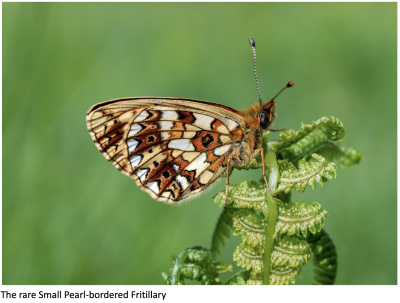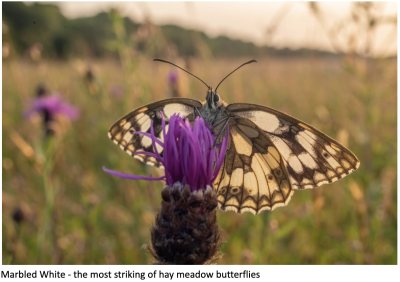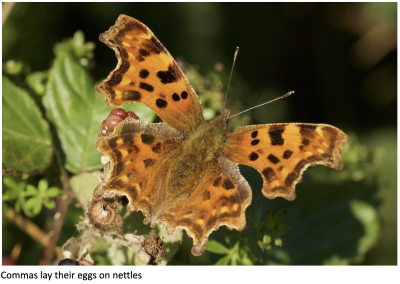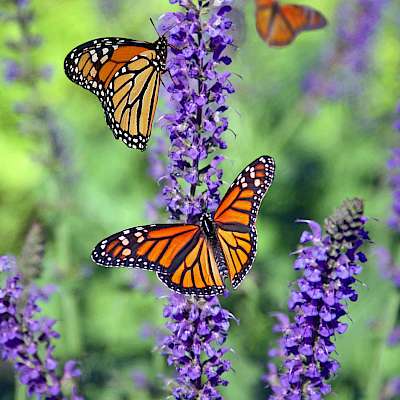Year after year we hear depressing stats about how few butterflies are left on British farmland. Now, for the first time, I’m feeling more optimistic about the fortunes of these exquisite insects, because a new agricultural chapter is beginning, and butterflies look set to benefit, as long as farmers are prepared to make space for them.
Selling fritillary butterfly beef
In 2019 Luke Dale-Harris and I founded Farm Wilder, a non-profit that encourages wildlife friendly farming. Our vision is to link food to the wildlife on the farms that produce it, to put biodiversity on the label, allowing people to support conservation through the food they buy. The first creature we put on our labels was a particularly rare and beautiful butterfly, the Marsh Fritillary, a species I have long been obsessed by. It has declined right across the UK, but one of its last strongholds is Dartmoor, so we found farms where it lived, and for a couple of years we sold Fritillary Butterfly Beef, online and in butchers in the South West.

Ultimately, separating the meat from farms with these butterflies proved too difficult to monitor, so now all the meat we sell at www.farmwilder.co.uk is simply labelled Farm Wilder and comes from farms managing the right habitats for rare butterfly species. But we still take every opportunity to look for, and shout about, Marsh Fritillaries that are being cared for by our farmers in the South West, as well as other rare species like the dainty Small Pearl-bordered Fritillary, and the more powerful Dark Green Fritillary. Partly this is because I love butterflies, but it’s also because they are excellent indicators of the wider health and sustainability of farms.

Hay Meadow Delights
The number of plants growing in a field makes all the difference to its biodiversity. A farm with monocultures of Rye Grass and a little Clover (ie. most dairy and many beef farms) will have few butterflies because there’s nothing for their caterpillars to eat and no nectar for the adults. But if you have meadows that are cut for hay each July, with a reasonable range of British grasses, it gets much more interesting. Now you’ll have Meadow Browns, Ringlets and Gatekeepers, and with some Red Fescue grass you may also get the strikingly marked Marbled White, especially if there’s some Knapweed or Thistle flowers for the adults to feed on.

Butterflies need big messy hedges
Hedgerows are also critical for butterflies, and the larger and untidier the hedge, the better. Brambles are an important nectar source for meadow butterflies, but if the field margin beside the hedge has nettles, it can support Peacocks, Small Tortoiseshells, Commas and Red Admirals. There are also rarer, fussier butterflies that need specific hedgerow plants for their caterpillars: Elm feeds the White-letter Hairstreak, and Blackthorn (as long as it isn’t trimmed every year) can deliver the elusive Black Hairstreak butterfly.

A brighter future for butterflies
Butterflies might need sympathetic farm management, but farmers increasingly need butterflies too: the new government subsidies, ELMs, reward farmers for being nature friendly, so evidence of a diversity of butterflies can actually boost the farm’s profitability. The rising demand for more climate-friendly, regeneratively produced food also brings benefits, because it means that chemical use is reduced to create healthier more carbon-rich soil. This, and the rising cost of fertilizer, is encouraging farmers to move away from intensive ryegrass monocultures, and welcome a greater diversity of plants into their pastures. This is an exciting time for our countryside - a chance to restore nature, and build a more sustainable, butterfly-filled future.
